Mars Crater Naming Honors Renowned Planetary Scientist, Former ETAMU Professor Dr. Kit Blount
The honor recognizes Blount's legacy as a planetary scientist who helped map the Red Planet, and her lifelong commitment to STEM education.
The International Astronomical Union (IAU) recently honored former East Texas A&M University (ETAMU) professor Dr. Katherine “Kit” Blount by naming a crater on Mars after the pioneering planetary scientist. The elite designation recognizes her contributions to planetary geology and STEM educator preparation.
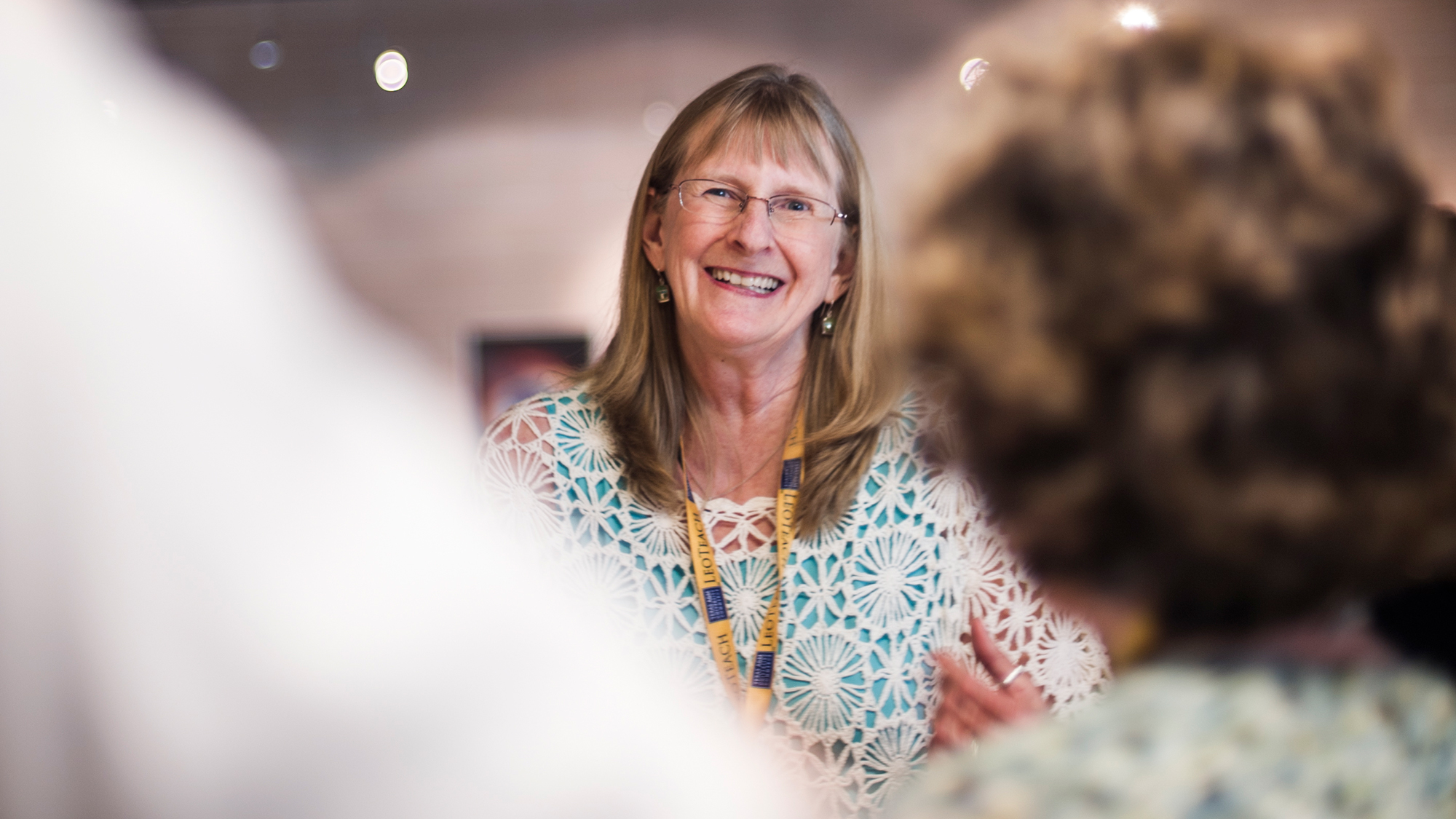
Kit was integral to NASA‘s Mars mapping efforts in the 1990s. Before arriving at East Texas A&M (then A&M-Commerce) in 2013, she taught at DePauw University, Indiana State University and Texas A&M University-Corpus Christi.
At ETAMU, her leadership and experience helped transform the university's LeoTeach STEM educator preparation program from a fledgling initiative to a model of cross-college collaboration.
A stellar scientist
Kit’s trajectory launched from Wittenberg University in Ohio, where she earned a bachelor's in earth sciences and secondary education. She pursued graduate studies at DePauw University in Indiana while teaching geology and geography for nearly a decade. She earned her doctorate in physical geography from Indiana State University.
Her summers were often spent teaching science and math to children of U.S. military personnel through the Department of Defense Education Activity. As a lead instructor in Vicenza, Italy; Lakenheath, England; and Torrejón, Spain, she mentored not only gifted students but fellow educators—a pattern that would define her career.
Reinvention and the Red Planet
“Kit would say she was constantly reinventing herself,” said Grady Blount, her widower and former dean of science and engineering at A&M-Commerce. “You couldn’t put her in a box. If you checked back in six months, she might be doing something new.”
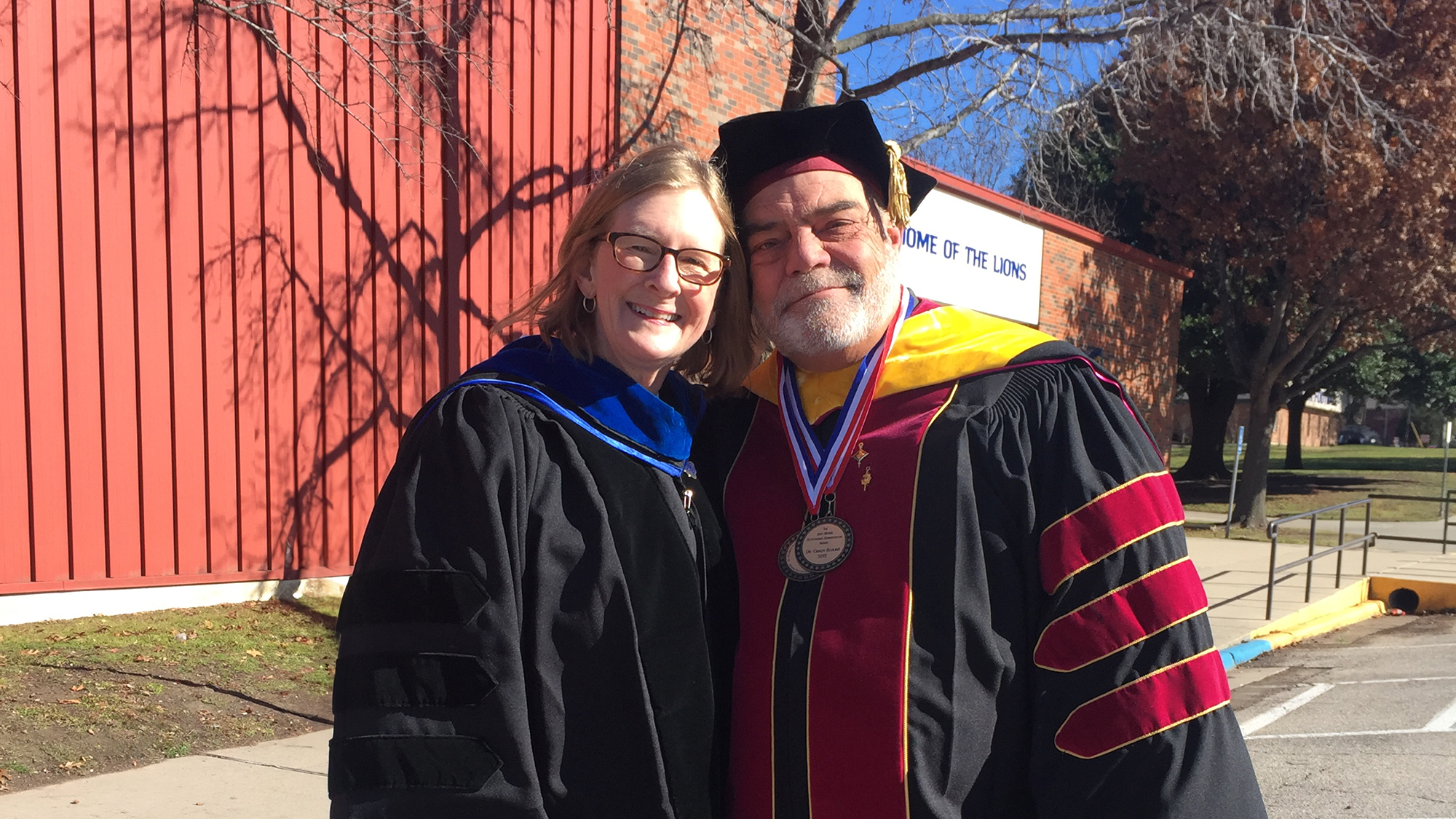
In 1991, Kit took a sabbatical from DePauw and moved to Tempe, Arizona, to join the Mars mapping team of geologists led by Dr. Ron Greeley at Arizona State University. The team joined the first wave of scientists attempting to map the Red Planet. At the time, Mars still lacked a proper latitude and longitude grid, and researchers were only beginning to understand its geology.
Kit took charge of a large swath of the southern hemisphere—the Dao and Harmakhis Valles near the Hellas Basin—where she worked on a 1:250,000 scale map to define rock units and trace the planet's geological history.
“Everything they did was from scratch,” Grady recalled. “There was no authority, just collaboration and argument. That's what she loved—bouncing ideas off brilliant people.”
Transforming STEM one teacher at a time
When Kit arrived in Commerce, her focus pivoted back to her life's mission—preparing future science educators. She partnered with Drs. Donna Tavener and Melanie Fields, and others to grow the university's LeoTeach STEM program from a handful of students to over 30.
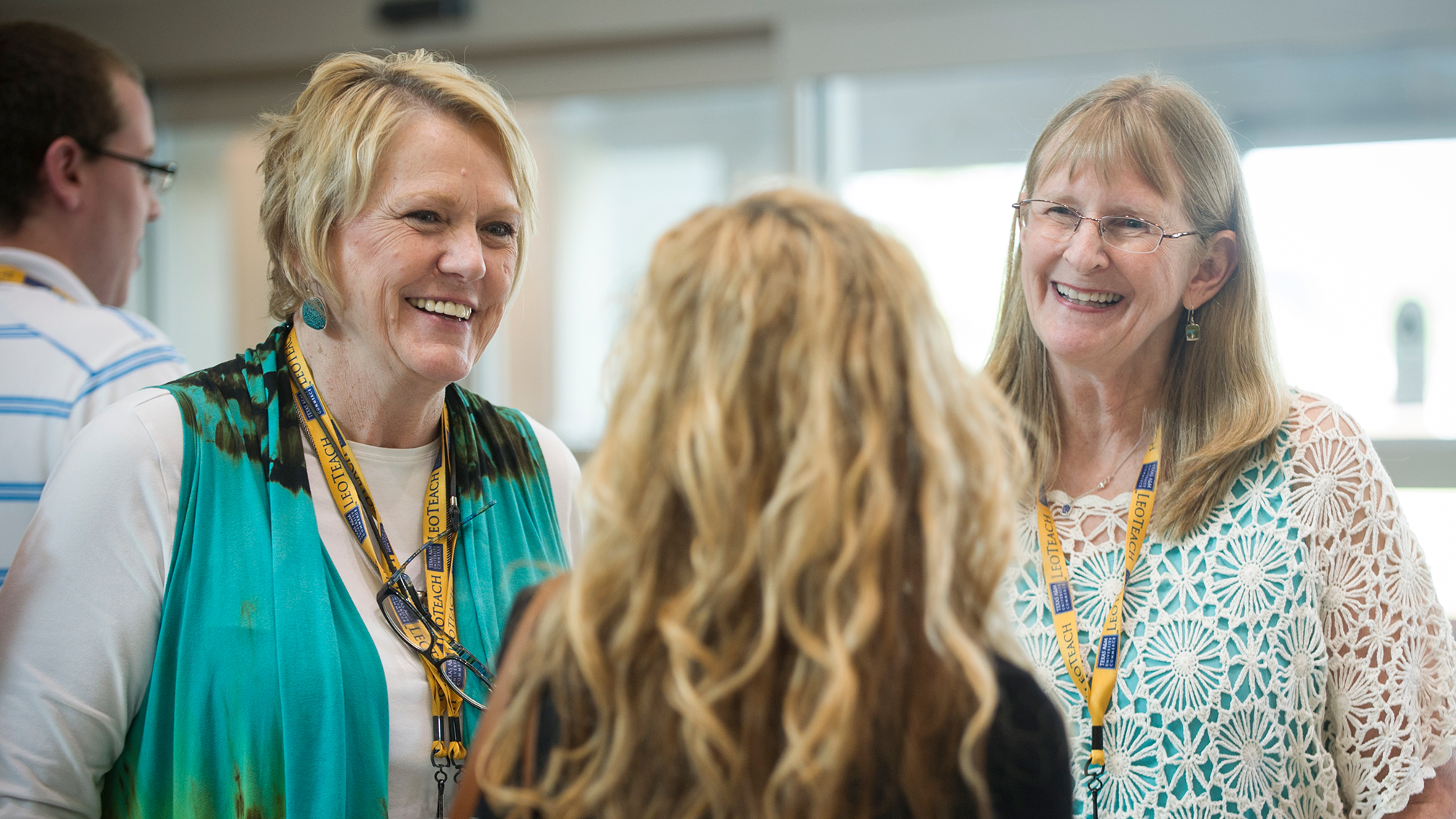
Her collaborative efforts forged relationships that bridged the College of Science and Engineering with the College of Education and Human Services.
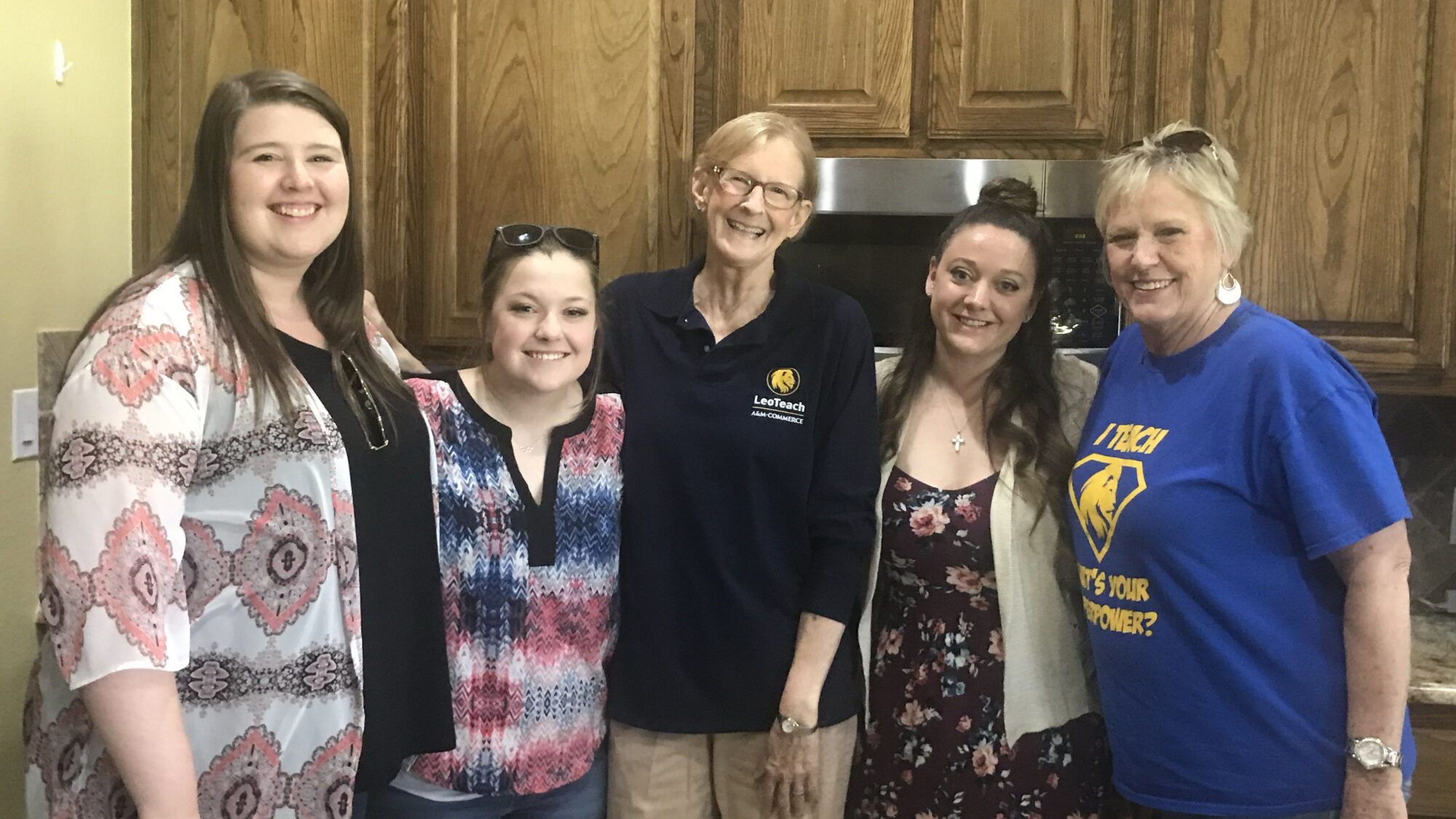
“This was her calling,” Grady said. “It’s what she’d want to be remembered for.”
Stellar alignment
Kit was more than an educator of future teachers, she was a catalyst for cultural change. She reshaped the university's approach to science education through collaboration, curiosity and innovation, and persistent pursuit of excellence.
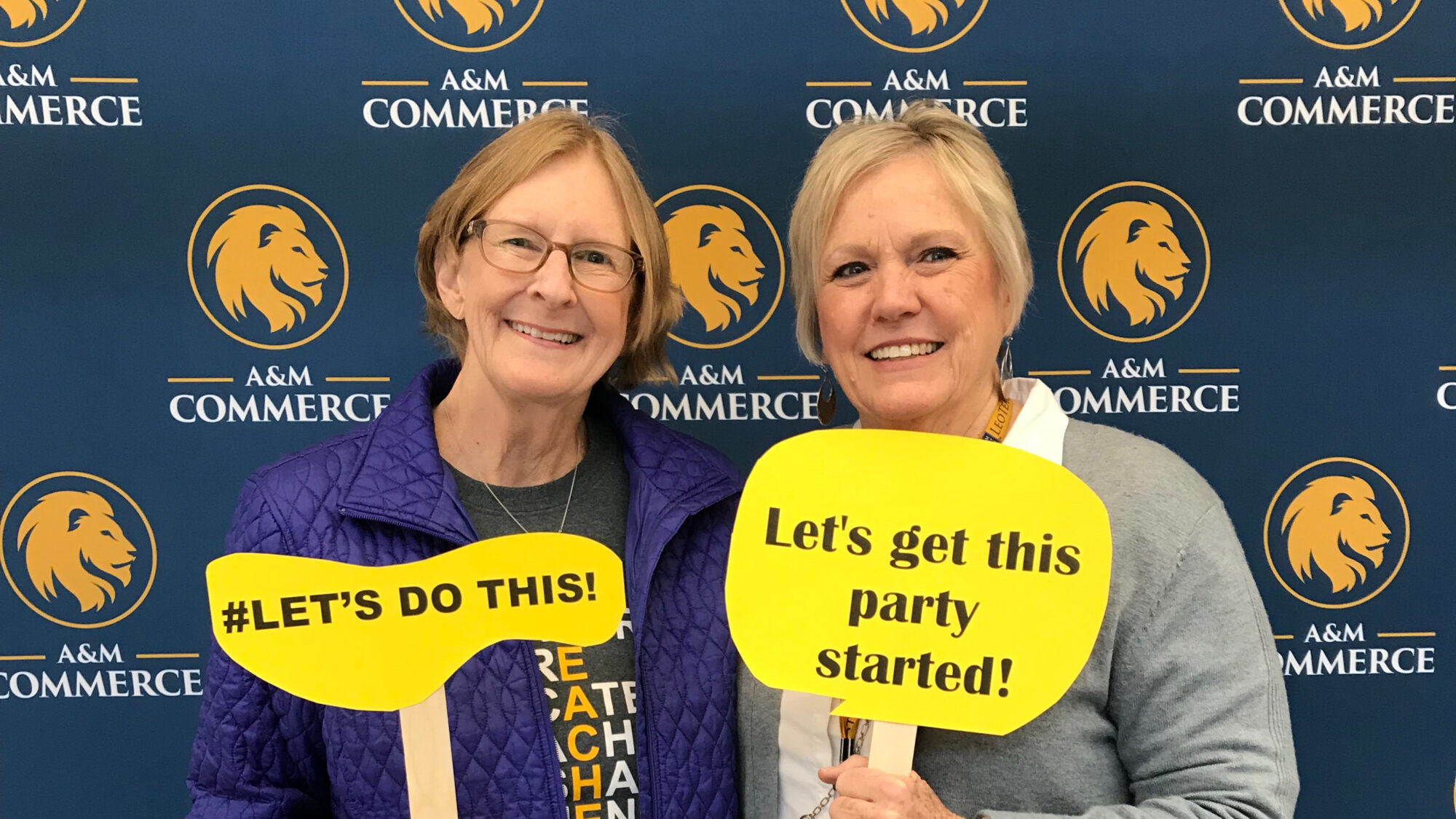
She believed that training high-quality STEM educators required a well-trained and mentored faculty. Her leadership realigned how colleagues across campus approached STEM education, partnerships and each other.
“Kit, or ‘Kit Kat' as I called her, was my role model when I started,” Melanie said. She is now an associate professor and head of the Department of Curriculum and Instruction at ETAMU. “She showed me the ropes, mentored me toward tenure, and brought me into research collaborations. Her listening, her transparency—those are now the cornerstones of my own leadership.”
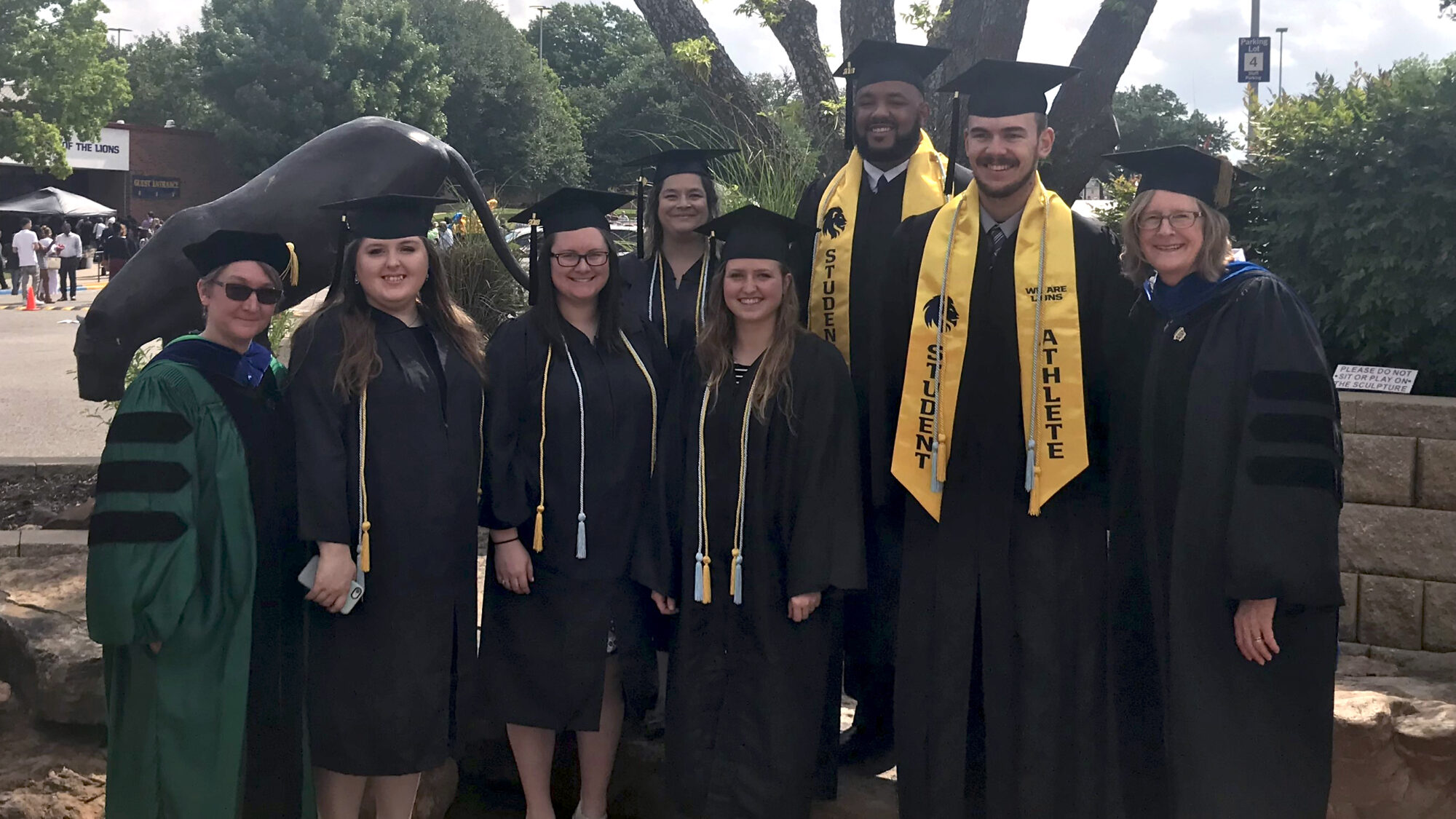
Her students' North Star
To her students, she was “Dr. B.” Her steady, compassionate presence nurtured their drive and instincts for teaching.
“She loved learning and passed that love to every future educator she touched,” Melanie said. “She was their guide, their mentor, and their friend.”
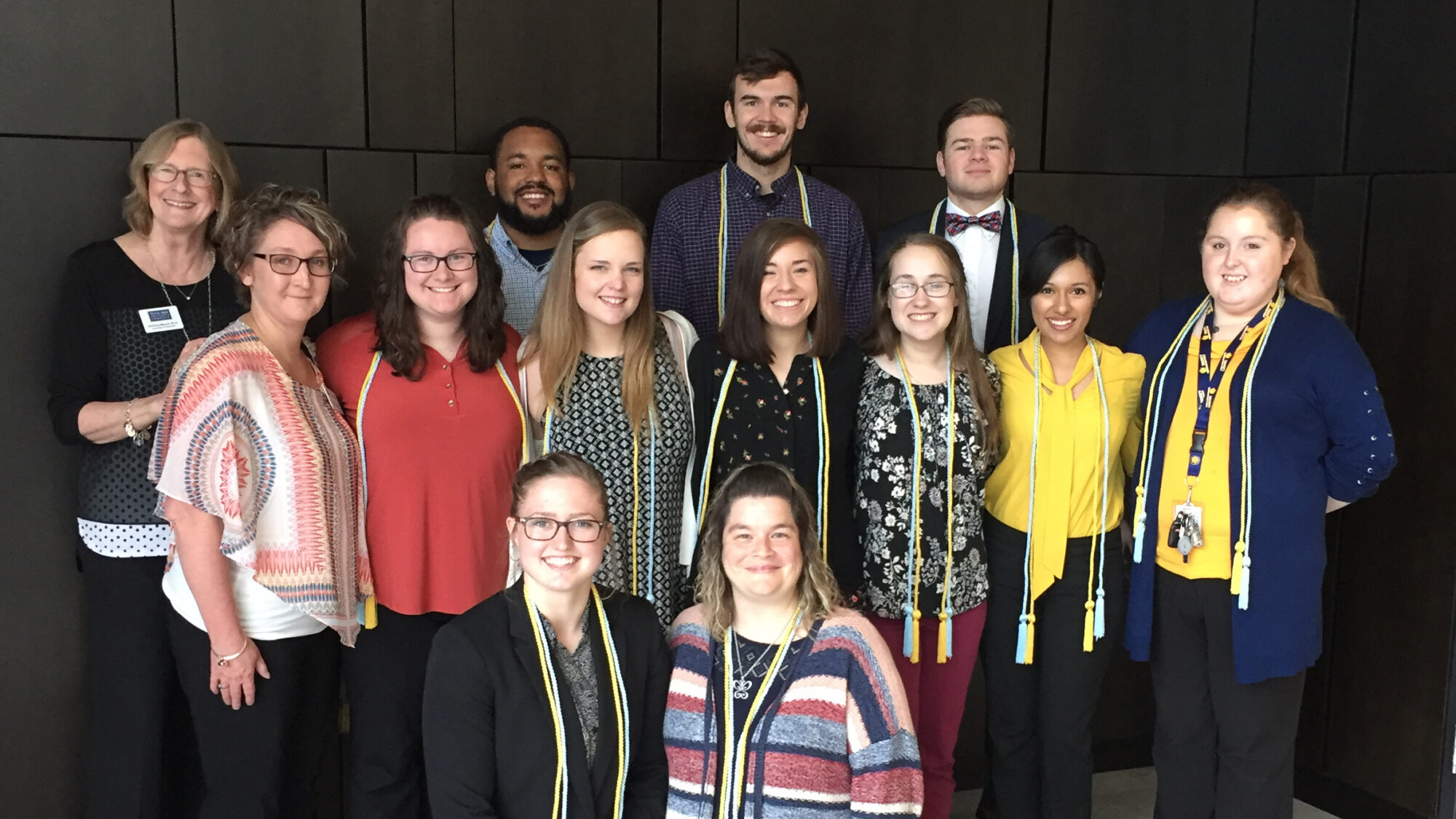
In her career, Kit mentored countless first-generation college students, pushing them to uncover academic success and personal confidence.
“She treated everyone the same,” Grady said. “Whether you were a student or a congressman, she saw your humanity first.”
A shared orbit
Aside from her passion for mentoring STEM educators, Kit took great care to nurture strong friendships. Her office became a safe space offering camaraderie and support, even in times of personal hardship. With their shared love for STEM education, Kit, Melanie and Donna formed a tight-knit friendship.
“They were so mutually complementary and interlocked. They were the kind of friends you’d choose as sisters,” Grady said of the trio. “For Kit, STEM wasn't about glorifying science. It was about lifting people up and changing lives, especially for blue collar, first-generation students like ours. And the three of them shared that same passion and drive.”
Their bond provided great comfort when they each developed cancer within a short span. Through it all, they continued showing up for their students.
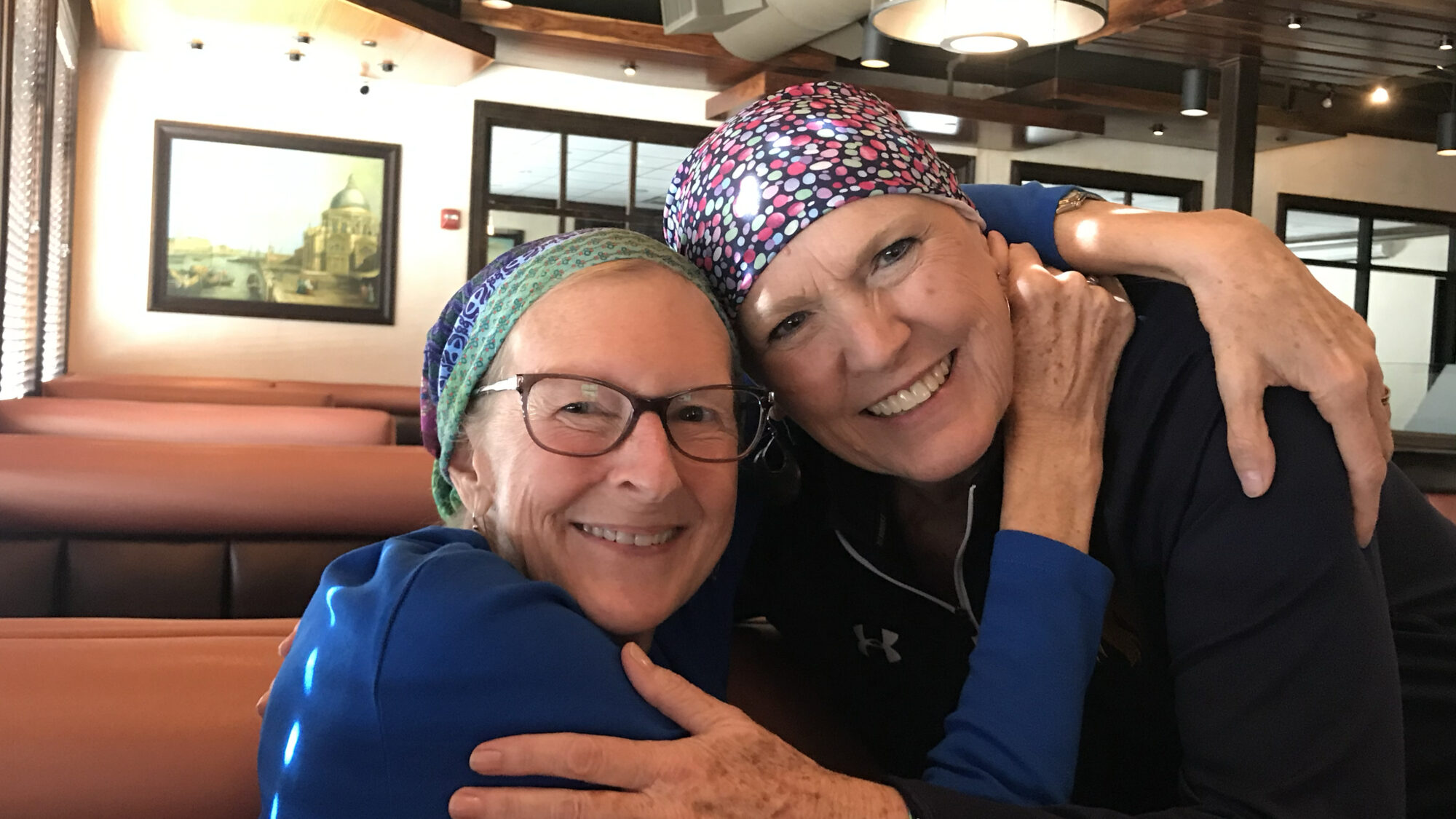
Kit and Donna's orbits shifted beyond Earth at their passing in 2020 and 2021, respectively. Melanie survived, continuing to carry their light forward in her own life and work.
“Kit and Donna were much more than colleagues—they were my sisters,” Melanie said. “We faced so much together—illness, uncertainty, hope. Their light is still with me in the way I teach, lead and live each day.”
Blount Crater: A fitting tribute
Kit's crater on Mars—dubbed “Blount Crater”—is located just southeast of Greeley Crater, a quiet nod to her mentor. The crater features an impressive sand dune complex. The site's scientific significance could make it a prime location for future missions.
![An infographic depicts several Mars craters, with Blount Crater featured and marked with gold lines and text "BLOUNT Dao & Harmakhis Valles [77KM].](https://www.tamuc.edu/wp-content/uploads/2025/05/blount-crater-closeup.jpg)
Grady said the crater naming is a rare and meaningful recognition of Kit's expansive life work. IAU naming conventions vary by planet. Unlike Venus and Uranus—where names are based in mythology and Shakespeare, respectively—names on Mars honor scientists and artists.
“It's fitting, considering the peers she trained, the students she mentored, and the maps she produced—all of it,” Grady said.
“She'd be stupefied by this, just as I was,” he added. “But it only took two or three microseconds for it to make complete sense. She didn't seek recognition, she did it for the kids and the future. But look at it like this: there are hundreds of Nobel Prize winners, but there's only one Blount Crater on Mars. So, tell me what's more exclusive than that.”
Continually traveling light
Kit Blount's legacy is entrenched in the Red Planet's surface and in classrooms throughout Texas. Her light continues traveling forward as the STEM teachers she mentored take up her mantle to train a new generation of STEM leaders.
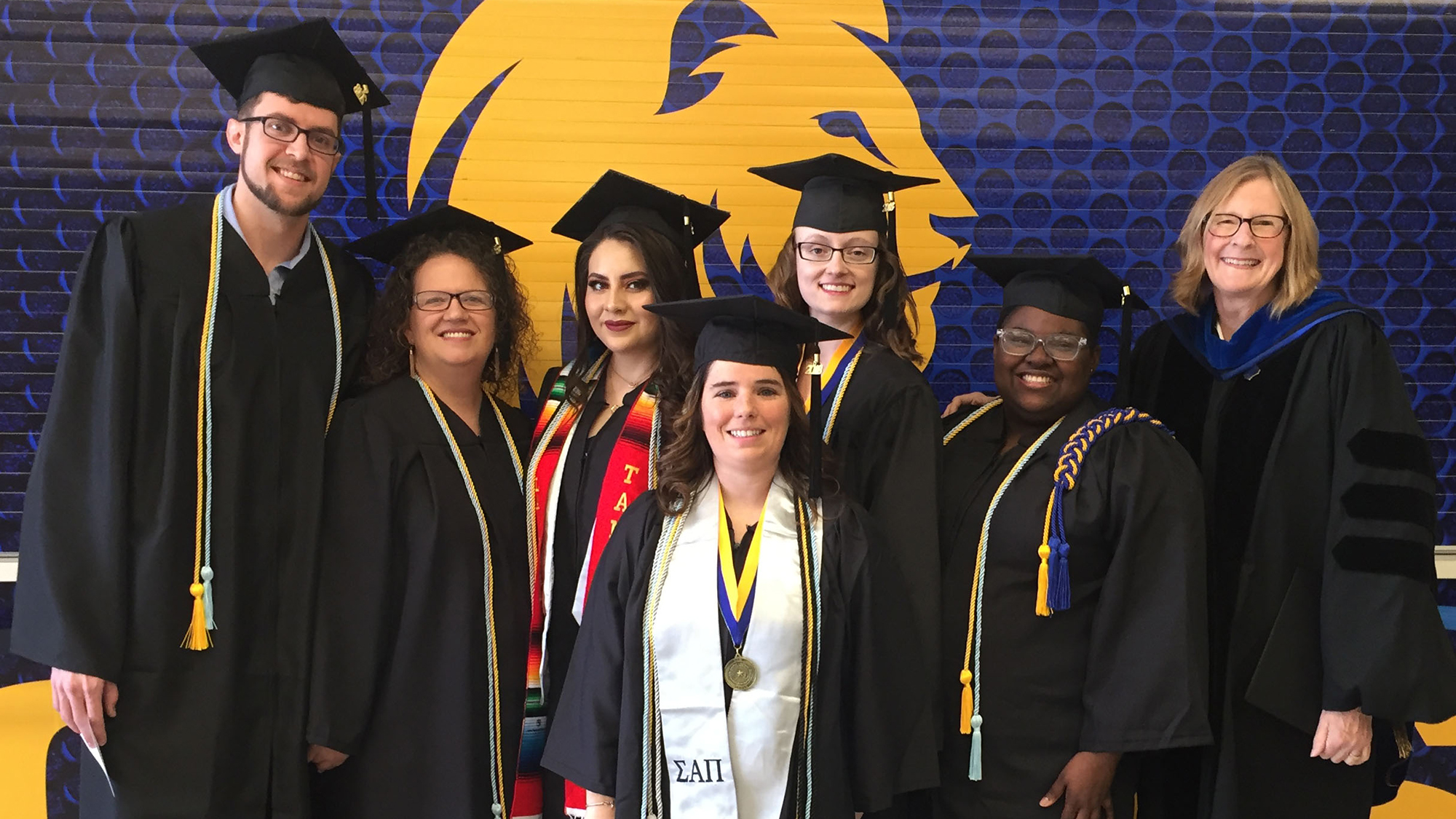
“Kit's legacy—her love and passion for teaching—lives on in more than 150 high school STEM teachers who are still actively making a difference in schools across Texas,” Melanie concluded. “That's the legacy I want to emulate. That's the impact I try to make each day to honor Kit's memory.”
Gravitational pull
Blount Crater commemorates Kit's indelible mark on planetary science. Yet, her true impact lives here on Earth in those she inspired, trained and mentored. Each is a tribute Kit would consider brighter than any crater in the cosmos. Her final mission may be completed, but Kit's gravity will be felt for generations to come.
More Press Release
View All Press Release
Fuseini’s Four Golds Highlight Lion Excellence at SLC Meet
East Texas A&M University track and field athletes took home 12 medals, including seven golds, at the Southland Conference (SLC) Outdoor Championship Meet held in Houston, Texas, from May 15–17.

‘Rita’ Joins the College of Ag to Launch Registered Angus Herd
A new four-legged celebrity has arrived at the East Texas A&M University Farm as the College of Agricultural Sciences and Natural Resources prepares to launch its own Angus beef program.
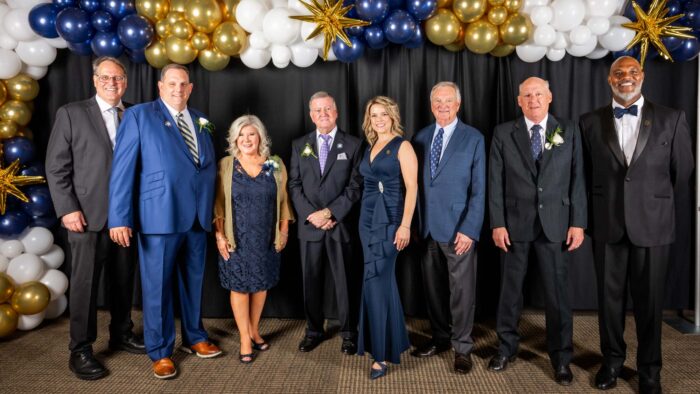
Outstanding Alumni Honored at East Texas A&M Awards Gala
The Alumni Association hosted the 2025 Alumni Awards Gala on April 26 to honor six exceptional Lions whose lives reflect a deep commitment to service, leadership and the university community.


